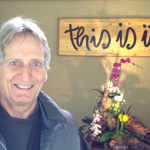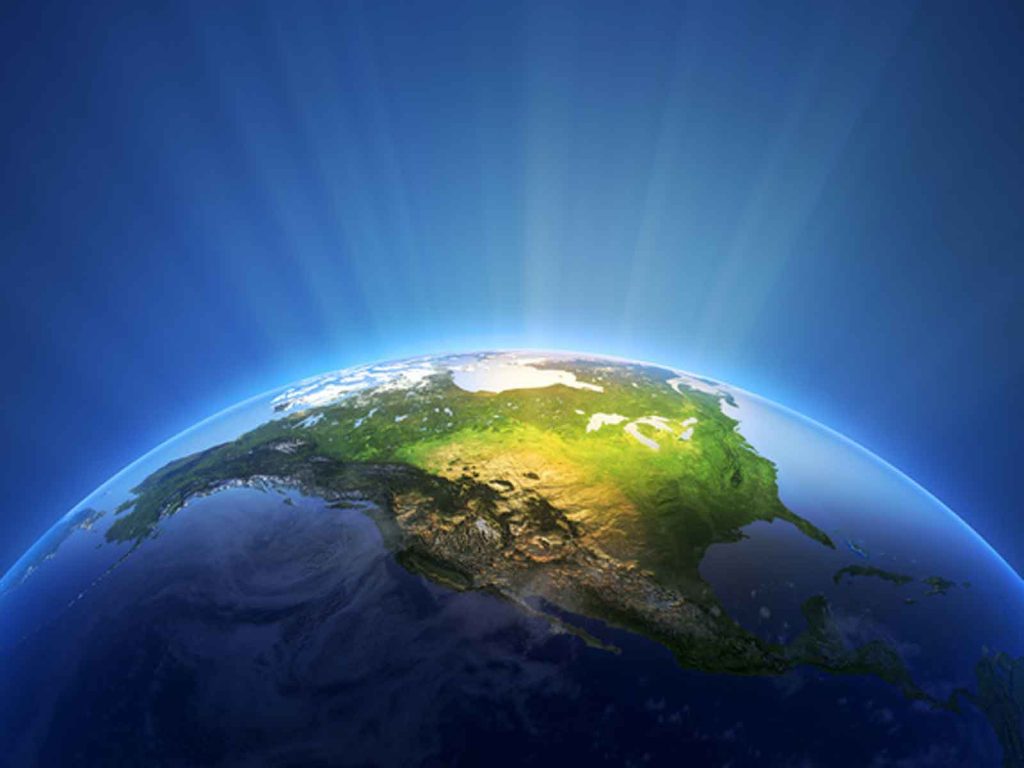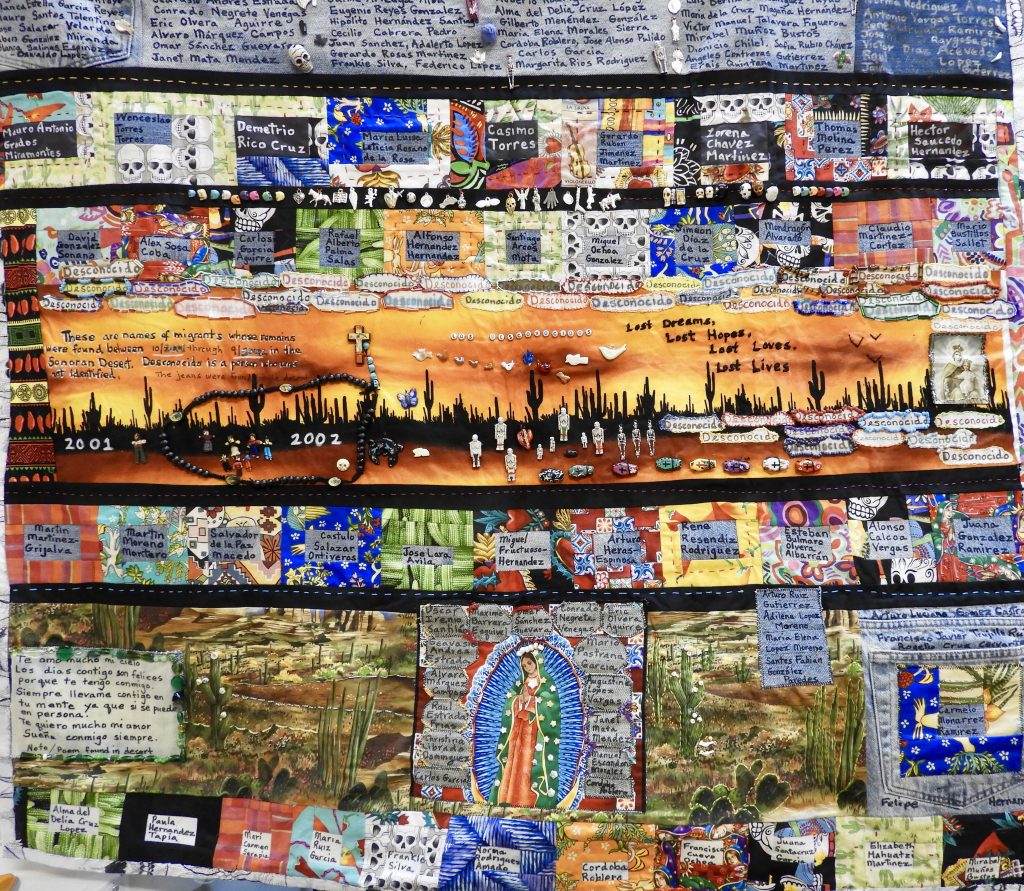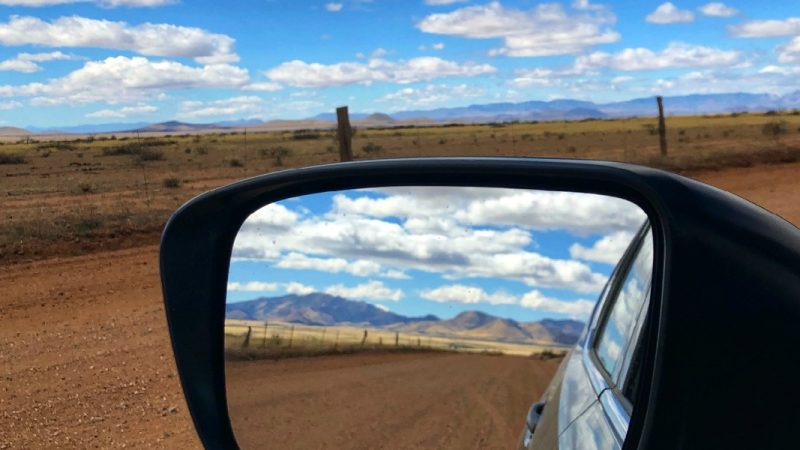Developing a Mindful Approach to Earth Justice Work
The story one tells oneself about climate change shapes individual feelings and actions. For example, are we on the verge of breakdown or breakthrough? There is ample evidence for both. What if the climate crisis we face offers humans the necessary conditions to move to a higher stage of collective evolution? How might we then view this situation?
Our beloved Mother Earth is hurting, and we humans are the cause of this suffering. There is a growing awareness of the immensity and unprecedented nature of our current situation. Some climate scientists and academics have declared that we are headed toward inevitable social collapse, probable environmental catastrophe, and possible human extinction. This occurs at a time when the world is stressed by racial and social oppression, population growth and overconsumption, an unfair distribution of resources, and an extractive growth economy.
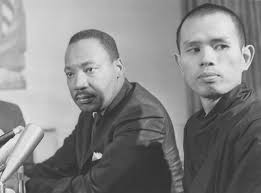
Vietnamese Zen Master Thich Nhat Hanh came of age in another time of great suffering, the 1950s and 60s in Vietnam. He is one of the world’s most effective practitioners of what he calls, “socially engaged Buddhism.” His Plum Village tradition was formed in the cauldron of the Vietnam War, where he urged his followers to bring the grounding and peacefulness gained on the meditation cushion out into the villages to help relieve the suffering of a war-torn people, by direct aid, social work, and building schools.
This tradition of engaged social action continues today with the Earth Holder Community: An Earth Justice Initiative in the Plum Village Community of Engaged Buddhism. The aim of Earth Holders is to “bring mindfulness, compassion, healing, and non-violence to protecting ourselves, each other, all beings, and the Earth.”
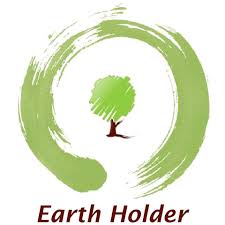 The Earth Holder Community focuses attention on six interconnected elements of a holistic, mindfulness-based climate action and earth justice practice:
The Earth Holder Community focuses attention on six interconnected elements of a holistic, mindfulness-based climate action and earth justice practice:
-
- Cultivating wise view, so that our actions are grounded in spiritual depth
- Healing & transforming racism and social oppression; to link climate justice with racial justice in order to foster human unity as a reality not an ideal
- Healing grief, despair, fear, and feelings of powerlessness, so that we may think more clearly, act more boldly, and love more deeply
- Building strong community, so that we have reliable space to recover, refresh, and renew ourselves as environmental and social suffering spreads
- Practicing living an ethical life, including reverence for life, deep listening and kind speech, so that we nurture the capacity for compassion and counteract hatred, blame, and “othering”
- Engaging in mindfulness-based earth justice work, and to bring these elements to individuals and communities around the world
We believe these six elements can help to deepen the movement for environmental and social justice.
1. Cultivating Wise View
Impermanence and interbeing are two key elements of what Buddhists call wise view.
This is the nature of reality. Nothing lasts – not our bodies, not our lives, not our civilization, not our ecosystems, not our species. Indeed, the vast majority of species that have existed on earth are now extinct. The earth and all its creations are but a moment in the mysterious cosmic flow. We are understandably attached to our particular species on our particular planet, and letting go of the idea that we are not the center of the universe is challenging. When we resist change, we suffer. Wise view asks us to learn to look deeply at the reality of change and not cling to our attached views or preferences. This can help us find freedom in the midst of the storm. This freedom helps us respond more appropriately to the changes that are occurring.
This doesn’t mean we “give in” to climate change, racial injustice or social collapse, or have no responsibility or duty to act. It does mean that we loosen our grip on having things turn out the way we want them to. We can listen more carefully to others. We can pay more attention to people outside our circles and to beings that are not human. Acting in this manner helps us develop compassion and lessen suffering, transforming our relationship with the natural world.
Another crucial element of wise view is that nothing exists as a separate entity; that everything is connected to everything else. In Eastern teachings, there is a beautiful image of “Indra’s Net”—an infinite web with a jewel at every node with facets that reflect every other jewel.
Interbeing is the awareness that we are not separate from the earth, but rather we are the Earth. When we are open and still, we can know without a doubt that we carry the Earth in every cell of our bodies. This awareness awakens a deep desire to care for the Earth, as we want to care for ourselves. What we do to Earth we do to ourselves and each other. And how we are with each other, collectively, is how we are with the Earth.
When John Seed, a rainforest activist was asked how he handles despair he said:
I try to remember that it’s not me, John Seed, trying to protect the rainforest. Rather, I am part of the rainforest protecting itself. I am that part of the rainforest recently emerged into human thinking.
Another aspect of interbeing is the recognition that each of us shares a basic human nature with every other human being: with the Maldive islanders who are losing their islands to rising sea levels, and also with the oil barons, the Koch brothers, and climate crisis deniers. We all want to be happy and safe, and we all are highly conditioned to be attached to our points of views. To the extent that we can effectively deal with our judgmental and polarizing minds, we have a better chance to overcome these feelings of separation, and to see all beings with the eyes of compassion, even as we try to stop destructive activity.
2. Healing and Transforming Racial and Social Inequity
We can increasingly see how climate change highlights the interconnection between issues that were previously viewed as separate. Climate change is a racial justice issue; a resource extraction issue; a food security issue; a national security issue; an economic justice issue; a public health issue; a population issue; a democracy issue; an immigration issue; a technology issue; a gender equity issue, a species loss issue, a rights of the earth issue; and so on. Anything we care about is somehow related to climate change and environmental degradation. The silver lining of climate change, if we can grace it with such a positive term, is that we now have the real and necessary possibility of knitting together an integrated awareness that links all these issues into a new understanding of our interconnectedness.
For example, African American Zen teacher angel Kyoto williams succinctly makes the link between climate crisis and racism when she says, “The reason we continue to degrade the earth is that we continue to degrade each other.” So, as we heal the wounds of racism and white supremacy, we will also be healing that which keeps us in unhealthy relationship with the Earth. Acknowledging and healing from the wounds of racism needs to be high on our collective agenda.
The crux of environmental justice, is that the people who have contributed the least to the environmental catastrophe – mostly the Global South, mostly people-of-color – are bearing the brunt of the effects of climate change, from Pacific Islanders who are already experiencing the effects of rising sea levels, to Sub-Saharan West African subsistence farmers who are feeling the simultaneous erratic effects of extreme drought and flooding, to communities of color in the US who are more likely to be impacted by air pollution (see this NPR article). When we talk about justice, we need to think about how we can rectify/mitigate/remedy this.
What Earth justice requires is radical transformation at the base of our civilization—an economy that promotes well-being and happiness, not based on greed; a society based on fairness, compassion, and cooperation where the “isms” have been healed and eliminated; a re-uniting of humans with the rest of the natural world, recognizing our inextricable interdependence and embeddedness; a human culture that encourages contentedness, sufficiency, caring, curiosity, and creativity.
This transformation seems like a dream, given the current trends. All the more reason to not rely on the slow, incremental reforms that most of the past environmental movements have attempted. As Greta Thunberg, the sixteen year-old Swedish climate activist says – “This is not sufficient, our house is on fire.”
Hoping that technology or the market or human decency or enough political will can “save” us from the worst is not sufficient either. Indigenous people all over the world have tried their best to remain close to and in harmonious relationship to the natural world, despite the colonialist destruction of their cultures. Those of us from non-indigenous cultures can learn much from their resistance and ancient wisdom. This calls for a radical shift in consciousness coupled with deep systemic changes in our behavior, policies, and institutional structures, and correspondingly deep inner changes in our beliefs and feelings of powerlessness and unworthiness, our unconscious biases that make us feel superior or inferior, and the underlying conditioning that makes us feel separate from each other, other beings, and the Earth.
3. Handling Feelings of Grief, Despair, Fear, and Powerlessness.
As we contemplate the profound changes ahead, we come face-to-face with deep grief. How do we find ways of allowing ourselves to grieve, to let our hearts break open at both the present suffering and the suffering that is predicted? Feelings of despair, depression, and sadness are natural responses to the possibilities of extinction, but as passing states of grief, not as a reason to give up or not act. Life is still miraculous, even as suffering deepens, there is still so much to love and protect.
Powerlessness. There is a huge barrier to humans mobilizing to limit harm and to change our relationship to the Earth. This barrier is the presence of deeply conditioned feelings of powerlessness in many people. While it is true that many people are engaged in inner and/or outer work from a place of fierce compassion, or solidarity or community service, regardless of what they think the outcome of their efforts might be, it is also true that there is a more pervasive societal denial, distraction, and paralysis about the situation facing us that needs addressing. Bill McKibben of 350.org puts it this way: “The crisis seems so big, and we seem so small, that it’s hard to imagine that we can make a difference.”
Many of us have internalized our childhood conditioning of powerlessness. But what if total climate catastrophe is not inevitable? What if we are big enough to tackle this? What if this is just the right level of challenge to slingshot us through to the next level of collective consciousness? What would we do if we adopted this view?
Of course, we can’t simply think our way to this point of view. We need courage to examine and feel the old feelings in order to transform them. In our meditation practice, or support groups, or therapy sessions, or friendship circles, can we make the commitment to find ways of accepting, embracing, and feeling those old feelings, and releasing them? If so, they will gradually lose their constraining hold on our unlimited capacity to love and act.
For example, for the past 30 years, I have maintained a weekly co-listening session with a friend. Each week, I listen to him for 45 minutes, and then he listens to me for 45 minutes. No advice, no agenda other than allowing ourselves to feel the feelings that arise. Along with meditation, this deep listening process over the years has helped me explore and release the early childhood hurts and historical trauma and increasingly uncover my innate capacity to care, to think clearly, and to act more fearlessly, which has allowed me to be more effective in social change work. So for me, healing early or ongoing trauma and feelings of powerlessness is a necessary part of earth justice work.
4. Building Strong Community
Feelings of powerlessness and living in a thoroughly oppressive society gives rise to separation. We get pitted against each other. We blame and shame others. We feel the need to protect our own, to go it alone, to compete, to get “ahead.” Our families, social networks, and communities break down. So building community is another necessary component of earth justice work – finding ways to unite across issues, create multi-racial and multi-class organizations, develop deep communities of practice as refuges, as sanctuaries, as think tanks, as renewal spaces.
I know this is easier said than done. White supremacy, patriarchy, and classism are dominant. Climate crisis asks us to get on with this healing and unification work, because the environmental impacts will affect everyone, not equally or at the same pace or time, but no place will be untouched, and the coming generations depend on us repairing long festering historical systems of oppression and exploitation that have kept us separate and have helped bring about the damage to the earth.
Another reason to nurture deep community is to be better able to provide a refuge of support for climate activists and climate refugees, to help each other maintain loving kindness and compassion as climate stress mounts, to be able to resist likely voices of separation and demonizing as fear increases. Strong community helps us deepen our skills in listening, and healing, and reaching harmony, skills that will become increasingly needed with rising chaos.
5. Practice living an ethical life, individually and collectively
If “interbeing” is true, then what I do in my thoughts, words, and deeds ripples outward infinitely. How I speak impacts you and vice versa. Knowing this interdependence makes me want to take good care of my actions. It helps me see the necessity of living an ethical life, and the desirability of a collective ethic along the lines of the “Five Mindfulness Trainings” offered by Thich Nhat Hanh, namely: reverence for life, generosity, kind speech, sexual responsibility, and mindful consumption.
Reverence for life means trying to do as little harm as possible, insofar as we can know. This points to nourishing gratitude for all of life, noticing the goodness and beauty all around, even in the midst of suffering. It means cultivating compassion for all beings, being kind and non- violent in my relationship with all humans, the earth, oceans, rivers and lakes, and with animals, fish and plants. It means eating in such a way the causes minimal suffering to animals and plants, growing or buying organic foods as means allow, conserving water and energy, and so on. And, we can see how this is directly linked to healing the wounds of white supremacy and patriarchy, no matter where we are in connection to those powerful societal dynamics.
Kind Speech and Deep Listening. Given the corrosive public discourse that permeates public life in much of the Western world, how can we practice kindness and solidarity in our speech, so we don’t add to ill-will, blame, and demonizing? Conversely, how can we listen well to others who disagree with us? How can we keep their inherent goodness in mind even as we dialogue respectfully with them to help understand and transform the situation? How can we offer compassionate listening with the whole-hearted attempt to help relieve suffering and find common ground?
Generosity, or No Stealing. One of the causes of the climate crisis is that we humans have been “stealing” the future from our descendants. Not intentionally stealing, but our extraction of the natural resources for our comfort and profit has essentially robbed our descendants and millions of species of a quality environment. Similarly, greed, hatred, and insecurity have caused humans to oppress, enslave, imprison, or otherwise steal from other humans through much of history. How do we cultivate deep generosity, refusing to take what is not ours, giving of our time and material resources to those in need, creating a widespread culture of giving and sharing, even as seas rise and food shortages increase and climate refugees flood across international borders? How can we practice opening our hearts and extending our hands instead of putting up walls?
True Love, Sexual Responsibility. The #MeToo Movement is just the latest expose in the long, sad history of patriarchy, sexual exploitation, and abuse. Underlying the structural power dynamics is immense suffering born of loneliness, a need for closeness, and having been cut off from knowing our true nature. In addition to challenging the structures of sexism, the personal work required is reconnecting with one’s essence, one’s true home to recover our innate security and contentment that doesn’t depend on anyone else. When people so attuned to their true nature come together, there is no exploitation or abuse, but true expression of love.
Mindful Consumption. On the one level, this is obvious. Our consumption habits are hurting the earth, and so, becoming increasingly aware of our personal and collective consumption is part of addressing climate change. Looking deeply helps us examine our desires. Less obvious forms of “consumption” include media, news, entertainment, conversations, and jokes. Which are wholesome and which are toxic? How can we protect our precious consciousness from unwholesome consumption? This inquiry can lead to many changes in our lives, individually and collectively, leading toward simpler, more wholesome, mindful and responsible living.
6. Engaging in Compassionate Wise Action
Earth justice work requires the whole spectrum of engagement, from beginners just waking to the environmental crisis, to personal healing of one’s inner life; from adopting ways to reduce one’s personal carbon footprint, to preserving a local habitat, forest or wetlands; from protecting an endangered species, to actions, advocacy, and organizing in the wider world that change policies, structures, and institutions – putting an end to all forms of systemic violence.
This also includes electoral politics.
Innumerable organizations have been active in climate justice work for decades, and despite huge and heroic outpourings of energy, money, and effort, why do we seem to be going nowhere fast? One reason is that we have not used our influence enough in a concerted and powerful way to elect local, state, and federal officials who support effective climate justice approaches, and who are willing to challenge the moneyed interests and corporations that benefit from the status quo.
The fossil fuel industry, for example, has powerfully organized to elect candidates who deny human-caused climate change, challenge overwhelming scientific consensus (97%), roll back healthy climate laws and policies, and effectively legislate for continued fossil fuel subsidies.
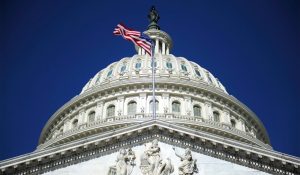 Changing our personal habits is helpful, but not sufficient. To have significant impact, many more of us will need to step into the power space, the political space, and the space where the laws and policies are shaped and implemented. Specifically, without eliminating gerrymandered voting districts, without getting corporate money out of politics, without ensuring all people have an equal opportunity to vote, without electing climate-friendly candidates to office up and down the ballot, or running for office ourselves, we are ceding the future to those whose patterns, wrong views, and power are hastening collapse of the ecosystems we all depend on for food, water, air, and shelter. We need to help give Mother Earth good partners in government.
Changing our personal habits is helpful, but not sufficient. To have significant impact, many more of us will need to step into the power space, the political space, and the space where the laws and policies are shaped and implemented. Specifically, without eliminating gerrymandered voting districts, without getting corporate money out of politics, without ensuring all people have an equal opportunity to vote, without electing climate-friendly candidates to office up and down the ballot, or running for office ourselves, we are ceding the future to those whose patterns, wrong views, and power are hastening collapse of the ecosystems we all depend on for food, water, air, and shelter. We need to help give Mother Earth good partners in government.
And we can do electoral work without demeaning other candidates, without using divisive or disrespectful language, without demonizing opponents. Instead, we can use kind speech, invite conversations about what kind of environment we want, skillfully link racial justice with climate justice with economic justice with immigrant justice and so on, without blaming or shaming.
We can invite people to be on the side of love.
In Summary
While not pretending that it is complete, we offer this framework of a mindful approach to Earth Justice work in hopes that it is helpful to the wider movement. It helps to think of the six elements as interacting with each other, none standing alone, but together forming a promising approach. May it be of benefit.
John wrote this article with the help of members of the steering committee of the Earth Holder Community, an Earth Justice Initiative of the Plum Village Community of Engaged Buddhism. This framework collectively emerged from discussions among members of the steering committee, on which he happily serves.


